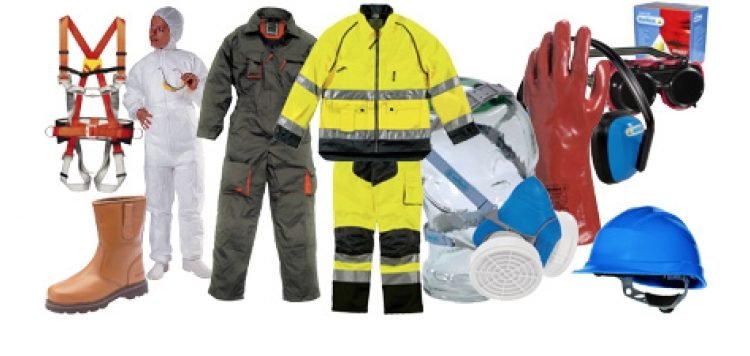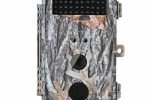Safety coveralls: What You Need To Know?

Did you know that an employer must provide suitable safety overalls to the employees for saving them from hazards that cannot be isolated or eliminated?
Whether you or your employees work on a construction site or in a hazard prone area, wearing them correct personal protective equipment is important. The hazard prone situations include fire, molten metal splashes, acids, direct flames, grease, oil, asbestos fibers, and more.
There are chances when high visibility overalls are appropriate for the staff. These safety overalls work as a convenient option when the individuals are exposed to moving traffic or under the control of an onboard operator.
But with a diverse range of safety coveralls, how do you choose the best one or how do you figure out the materials.
Well, this post is all about personal protective equipment (PPE), safety overalls, their types, and everything you need to know about them:
What Are Safety Coveralls?
Commonly known as safety clothing suppliers, Safety Overalls is worn by the workers to minimize the risk of hazards that might cause serious inuries. This type of clothing minimizes the risks and is supplemented with control measures, particularly in hazardous workplaces.
How To Choose The Correct Safety Coveralls?
There are several factors that come into play when purchasing safety coveralls. After you know the risk factors of the industries and be aware of the tasks that an individual is going to perform, start by considering the following:
- You must know when the PPE is necessary.
- Which type of safety coveralls is important?
- What are the limitations of safety overalls?
- How to properly put the safety gear on, adjust it, wear them, and take it off seamlessly.
- Proper care, disposal, and maintenance of the equipment.
- Does the safety overall products meet the compliance and standards of the industry?
- What style and weight of PPE is ideal for your industry type?
Once you have chosen the safety overalls, make sure a PPE program is implemented.
However, the program should include the total risks prevent and use of safety coveralls and training of workers.
Main Uses of Safety Coveralls
As said, Safety Coveralls come in a particular design to save the employees from a hazard. There are various safety clothing suppliers who supply a wide range of protective apparel to handle different hazardous situations.
Then, some of the manufacturers specialize in developing another range of coveralls such as anti-microbial textiles for food preparation industries and a combination of flame retardant fabrics for individual who work with sparks and fire or the employees who work on the rail infrastructures.
This type of clothing is also best for other significant hazards like lead or asbestos.
Other hazards where safety coveralls are required include:
- Physical Hazards: These hazards include noise, vibration, high vacuum, pressure, and electricity.
- Chemical Hazards: These hazards include the material that can affect the health of employees, when they are exposed to them. There are chemicals that are toxic, inflammable, corrosive, and particularly at risk. These types of chemicals enter the body and safety coveralls prevent them from happening.
- Biological Hazards:These hazards include disease-causing bacteria such as fungi, bacteria, virus, and bioactive substances. In this case, safety overalls work for the individuals who work in farms, hospitals, laboratories, and in food processing plants.
However, with these main uses, it is recommended for employers to offer a place where workers can keep their apparel free from dust and debris. Further, the professional washers should launder them so that the workers do not take any soiled overalls for wash.
The Bottom Line
Although there are many people who don’t need safety coveralls, but still, some industries don’t go without them. They are specifically designed to protect your clothing from underneath.
Not just protection, safety overalls keep contaminants off the skin and components that may harm others.
However, you need to ensure that you choose the right one for your employees. Furthermore, there are a number of safety clothing suppliers available; so just browse through their products, and choose the one that best caters your needs.
We hope that this article will help you make an educated choice, when it comes to personal protective equipment.


